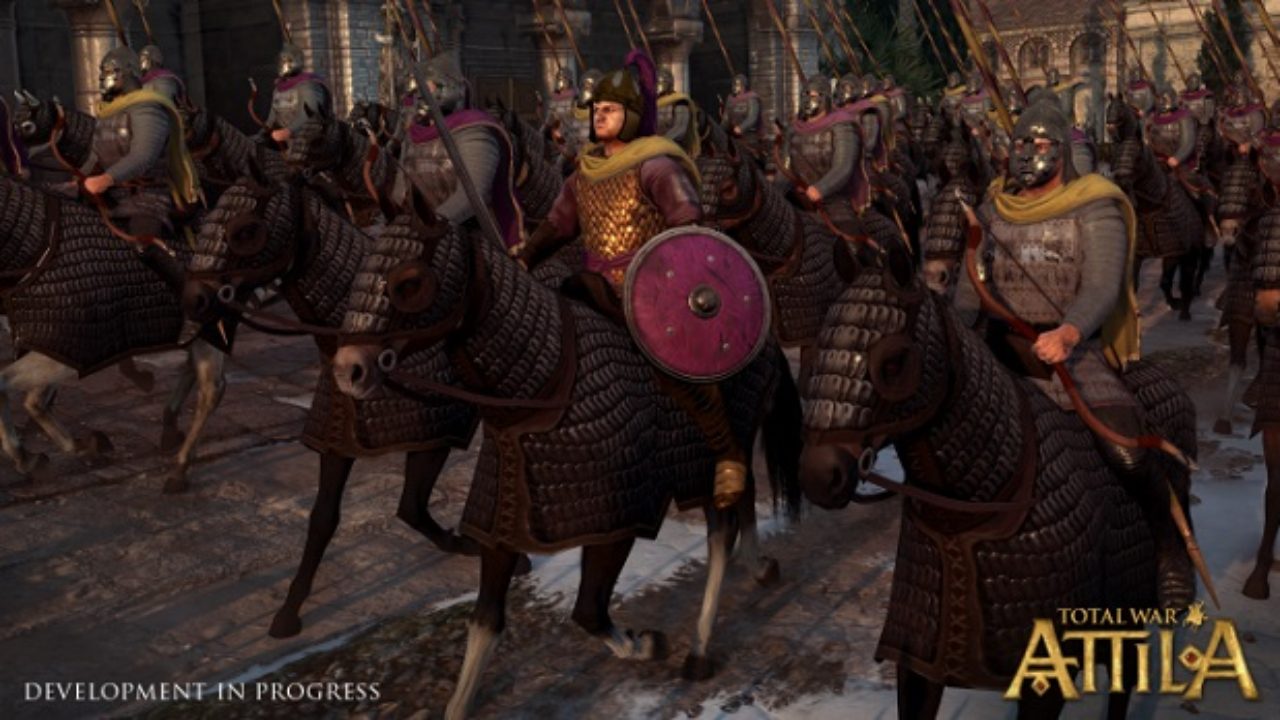

Cities are improved through the erection of buildings that offer health, defense and production boosts. Edicts are issued through governors, which help to bring cohesion to an empire, that might be on the brink of collapse. Managing your people is a matter of assigning the most appropriate personnel to the right jobs, upgrading them and bringing their buffs to bear on particular problems. In this sense, the game has its timing about right.įor the micro-manager there are multiple overlay maps detailing the spread of wealth, religion, public order and topography. End-of-the-world obstacles like famine and plague are also featured. Playing the game, there is a certain apocalyptic feel to its look and in its sounds. This sense of an era ending and the end of a certain way of life is something the developers have tried to insert into the gameplay. Ironically, World War I allied propagandists dubbed the Germans as 'Huns.' The Hunnic invasions and violence provoked a mass westward migration of Germanic peoples that seriously destabilized the Roman Empire. At the time, Rome was threatened by many peoples, many of which she had been casually exploiting for centuries. This was not merely a duel between civilization and barbarity. His empire, already significant when he came to power, spread from central Asia into areas occupied by Roman vassals in Western Europe as well as the Eastern Roman Empire. Part of the strategic puzzle in this game is knowing when and how to say goodbye to an asset.Īs always with these games, you get to play as any one of many factions, including Attila's. From the beginning, you will be sloughing off territories and sacrificing cities, as the invading hordes pick off anything that is vulnerable and valuable. If you want to play in the most difficult mode, pick Western Rome.

The different parts of the world, from misty, damp Britain to dry and windy North Africa, are all portrayed with higher textures and audio details than those offered before.ĭeveloper Creative Assembly has built a game based on the doom and destruction of the late Roman Empire. And then you have to fight the actual battles, managing real-time deployment of archers, horsemen, melee and siege units.įans of Rome 2 will see changes in these management pages, mostly streamlining and aesthetic, as well as big improvements in geographic portrayals. These range from city management, to senior personnel picks from faction management to technology research. This game, due for release on Windows PC in 2015, is jam-packed with maps, schematics and trees to manage, as the player takes on the role of an imperial leader in the fifth century AD.


 0 kommentar(er)
0 kommentar(er)
